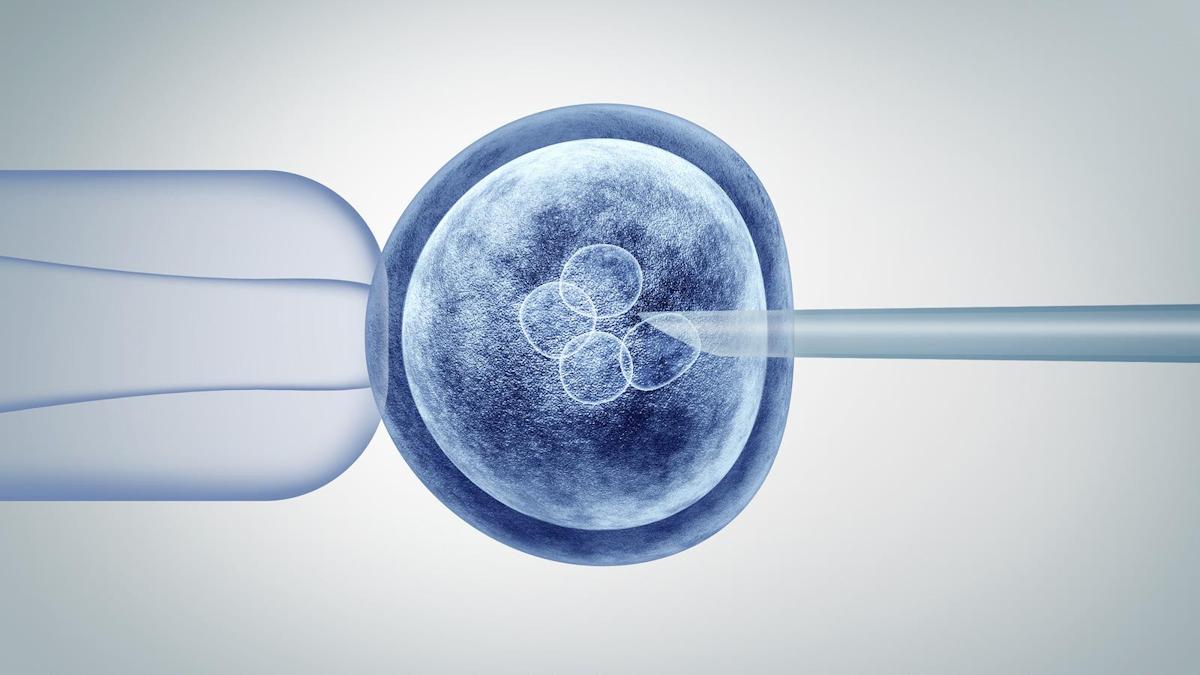Global cancer burden study reveals ‘striking inequity’

The World Health Organization (WHO) has said that the burden of cancer on societies around the world is growing at an alarming rate, with a 77% increase in new cases expected by 2050, along with significant gaps in care.
New figures from the WHO and the International Agency for Research on Cancer (IARC) – published ahead of World Cancer Day on Sunday – show that new cancer cases increased by 50% between 2012 and 2022 to reach 20 million, with deaths up 18% to 9.7 million.
At the anticipated rate of increase, there will be 35 million new cases in 2050, which IARC said will be a consequence of “population ageing and growth, as well as changes to people’s exposure to risk factors.”
Tobacco, alcohol, and obesity are key factors behind the increasing incidence of cancer, with air pollution still a key driver among environmental risk factors.
Approximately one in five people develop cancer in their lifetime, and one in nine men and one in 12 women die from the disease. While the increase in cancer is largely a consequence of longer lifespans, survival is closely associated with early diagnosis and treatment.
A majority of the 115 countries covered by the report do not adequately finance priority cancer and palliative care services, according to the WHO, with only 39% covering basic cancer care and 28% covering palliative care, including pain relief.
There are also significant disparities between cancer treatment outcomes between countries with a high and low human development index (HDI) – a measure of achievement across the objectives of a long and healthy life, being knowledgeable and having a decent standard of living – particularly for breast cancer.
“Women in lower HDI countries are 50% less likely to be diagnosed with breast cancer than women in high HDI countries, yet, they are at a much higher risk of dying of the disease due to late diagnosis and inadequate access to quality treatment,” said Dr Isabelle Soerjomataram, deputy head of the cancer surveillance branch at IARC.
Other disparities were evident, not only between high and low-income areas of the world in areas such as access to radiation services and stem cell transplantation, but also within individual countries.
“Where someone lives should not determine whether they live,” commented Dr Cary Adams, head of the Union for International Cancer Control (UICC).
“Tools exist to enable governments to prioritise cancer care, and to ensure that everyone has access to affordable, quality services,” he added. “This is not just a resource issue, but a matter of political will.”
Lung cancer was the most commonly occurring cancer worldwide, as well as the leading cause of death. Breast cancer was the second most common, followed by colorectal, prostate, and stomach cancer. Colorectal cancer had the second-highest death rate, followed by liver, breast, and stomach cancers.
Cervical cancer remains a major problem in some areas, particularly sub-Saharan Africa, despite the availability of vaccines against human papillomavirus (HPV) – the main cause – for almost two decades.
Photo by National Cancer Institute on Unsplash












